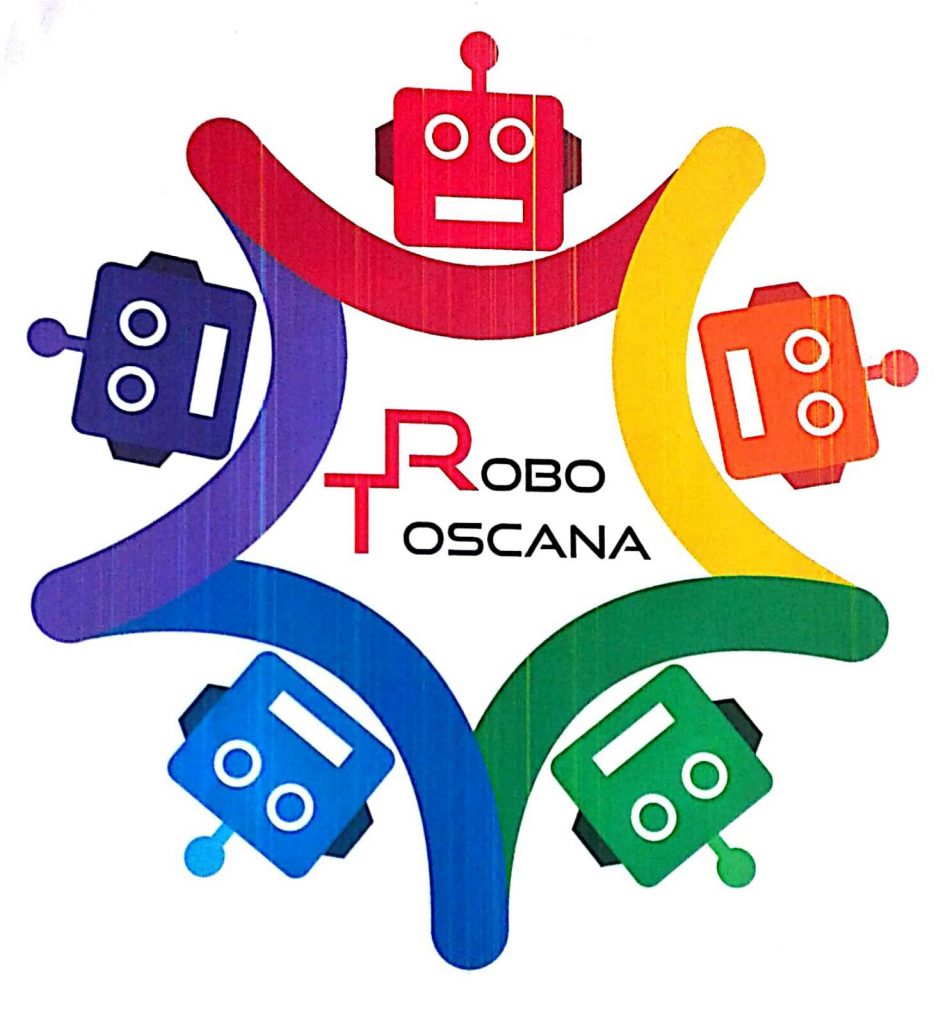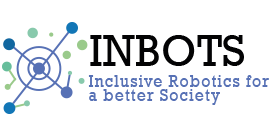.
Current Standardisation Landscape and Potential Future Standardisation Activities.
.
Robots are no longer bound to factories behind fences. Interactive robots are entering our everyday lives and society faces the need to establish parameters for safe human and robot interaction and the performance expected. Therefore, The INBOTS Project conducted a Standards research to get an overview of the International and European Standardisation Commitees.
.
Our Goal
One of our main goals in INBOTS is to develop a standardisation strategy for interactive robots in the manufacturing, healthcare and consumer domain. All project partners from different domains are closely working together to identify the current challenges and needs of the robotics community in terms of standardisation.
.
.
What is Standardization?
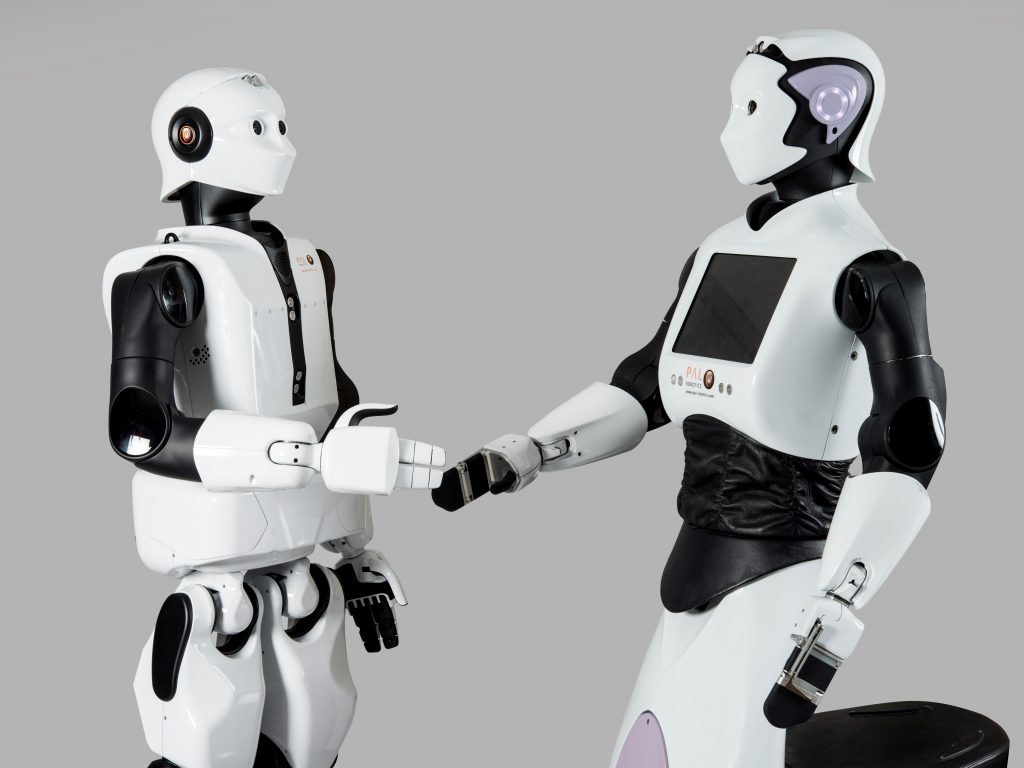
They are minimum safety requirements and the basis for mutual understanding amongst individuals, businesses, and public authorities.
Standards provide common rules, guidelines or characteristics with the purpose of achieving an optimal degree of order.
Standardisation of interactive robotics needs two types of main actors: Technological enablers and Standardisation organisations, which generate together with the technological enabler’s technical standards, specifications and agreements.
Learn more about Standards
Find out more about Standardisation on the INBOTS White Paper
Check out the Overview of Interactive Robotic Standards.
The catalogue shows the existing standards, emerging standards and guidelines from the International and European level, potentially relevant for improving interactive robots.
Additionally, Standards have been grouped into the following categories: Ergonomic, Safety, Test, General, Information and Communication Technology, Acoustic, Environment, and Electromagnetic-compatibility.
Domains of Interactive Robots
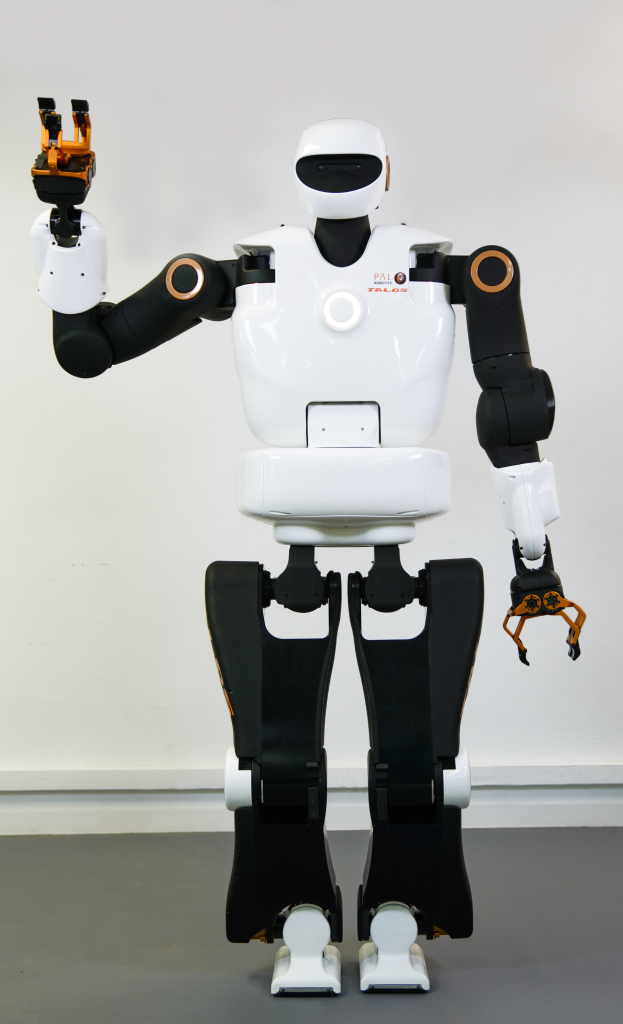
Manufacturing Domain
In the manufacturing domain interactive robots are used to improve the workers’ capabilities and to support the working activities. Therefore the devices are used by trained workers. Three main categories of interactive robots in the manufacturing domain are considered: exoskeletons and wearable robots, human-robot collaborative (HRC), and automatic guided vehicles (AGV) as well as autonomous mobile robots (AMR).
.
Healthcare Domain
Healthcare robots are operated by, or interact with, professionals or untrained people. Interactive robots are used from the operating room to the family room, from the young to the very old and different physical and cognitive deficits. Three main categories of interactive robots in the healthcare domain are considered: Clinical robots, rehabilitation robots, and assistive robots.
.
Consumer Domain
Consumer robots are operated by, or interact with, untrained, or minimally trained people in everyday environments. Typically, these robots will be bought or leased and used to provide services to individuals.
.
.
.
Do you want to contribute?
.L
Related News
- One approach to include horizontal aspects in standardisation could be through the funding of European research projects with a Technology Readiness Level of six or higherINBOTS is working to develop a standardization and benchmarking strategy related to horizontal aspects of interactive robots, like their safety or performance in different application domains such as medical, industry, consumer and service.
- A step closer to benchmarking on roboticsSince last September the 1st, all those developers of robotic technologies such as exoskeletons, humanois, prosthesis and other overground robots, can present their proposals to get funded with up to € 100.000 for
- The first benchmarking framework for robotics is closerEUROBENCH project is progressing in the development of the first benchmarking framework for bipedal robotics in europe, and soon, they will be ready to receive the first testers. EUROBENCH is an EU funded
.
Project members
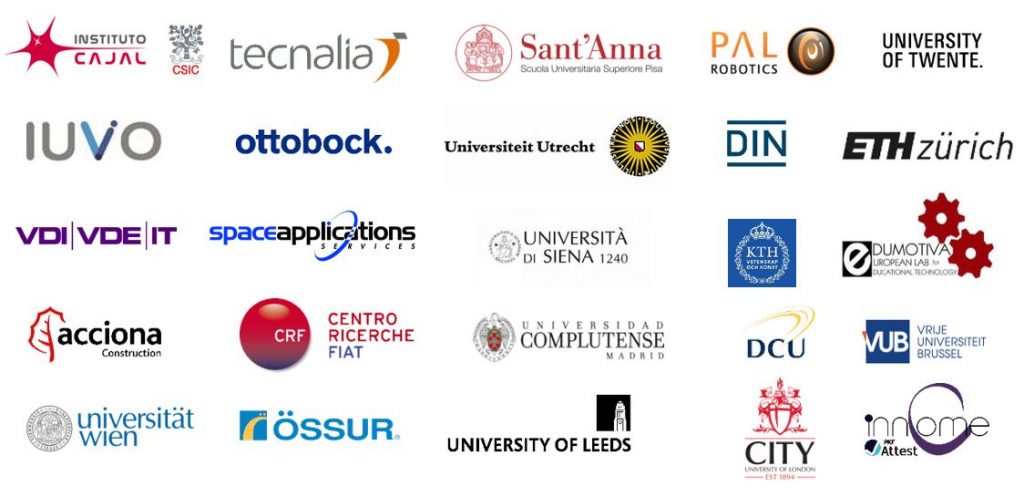
Related projects
